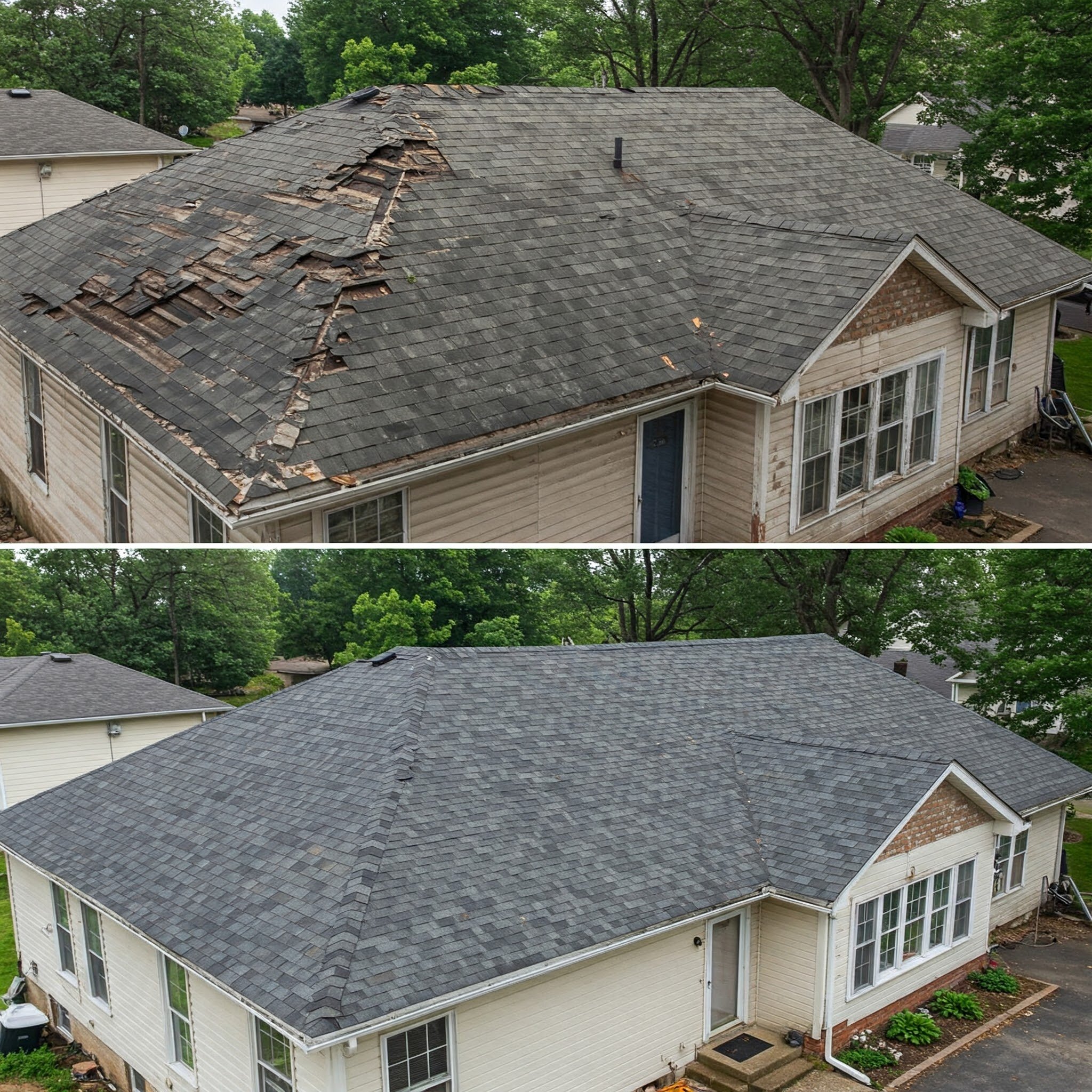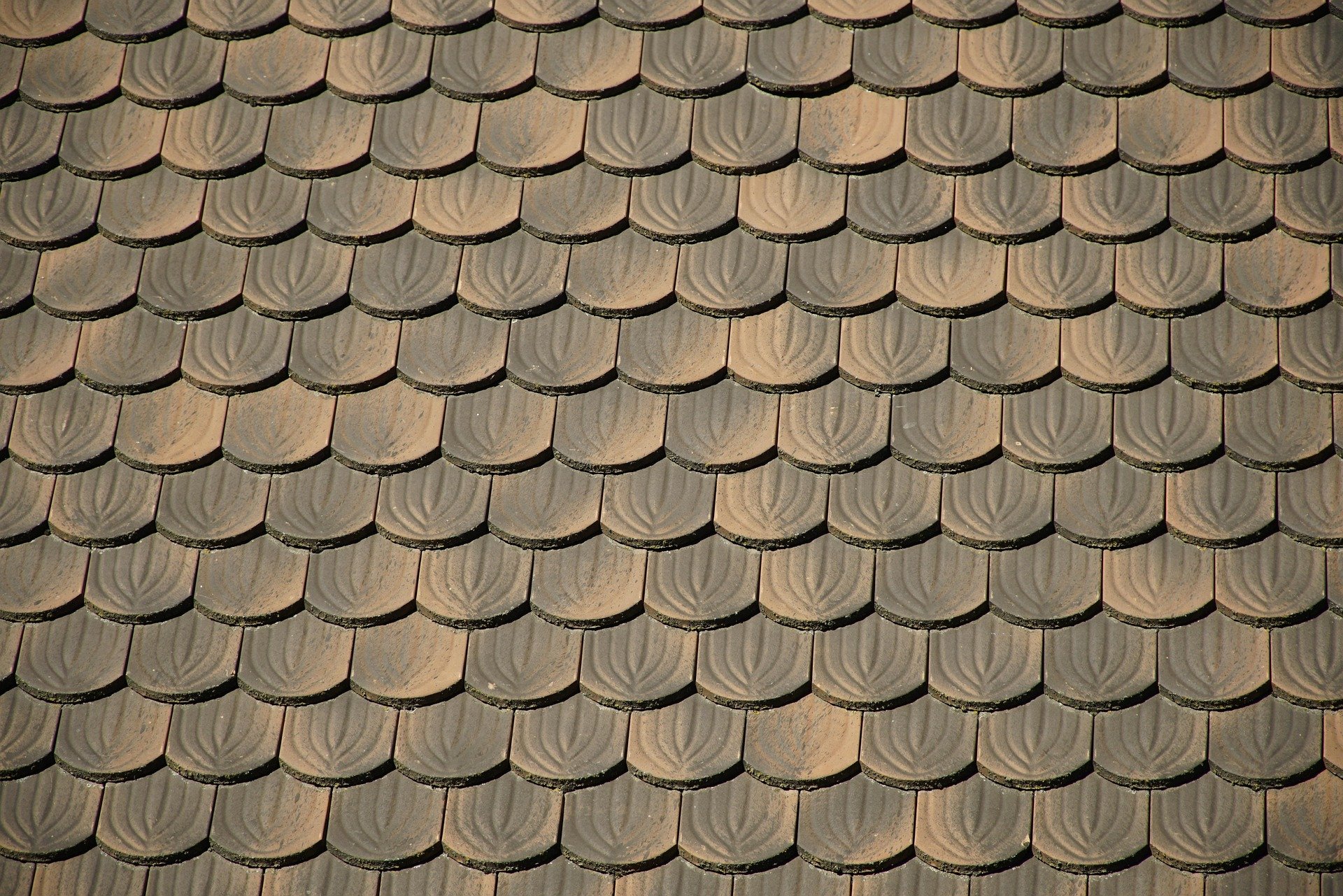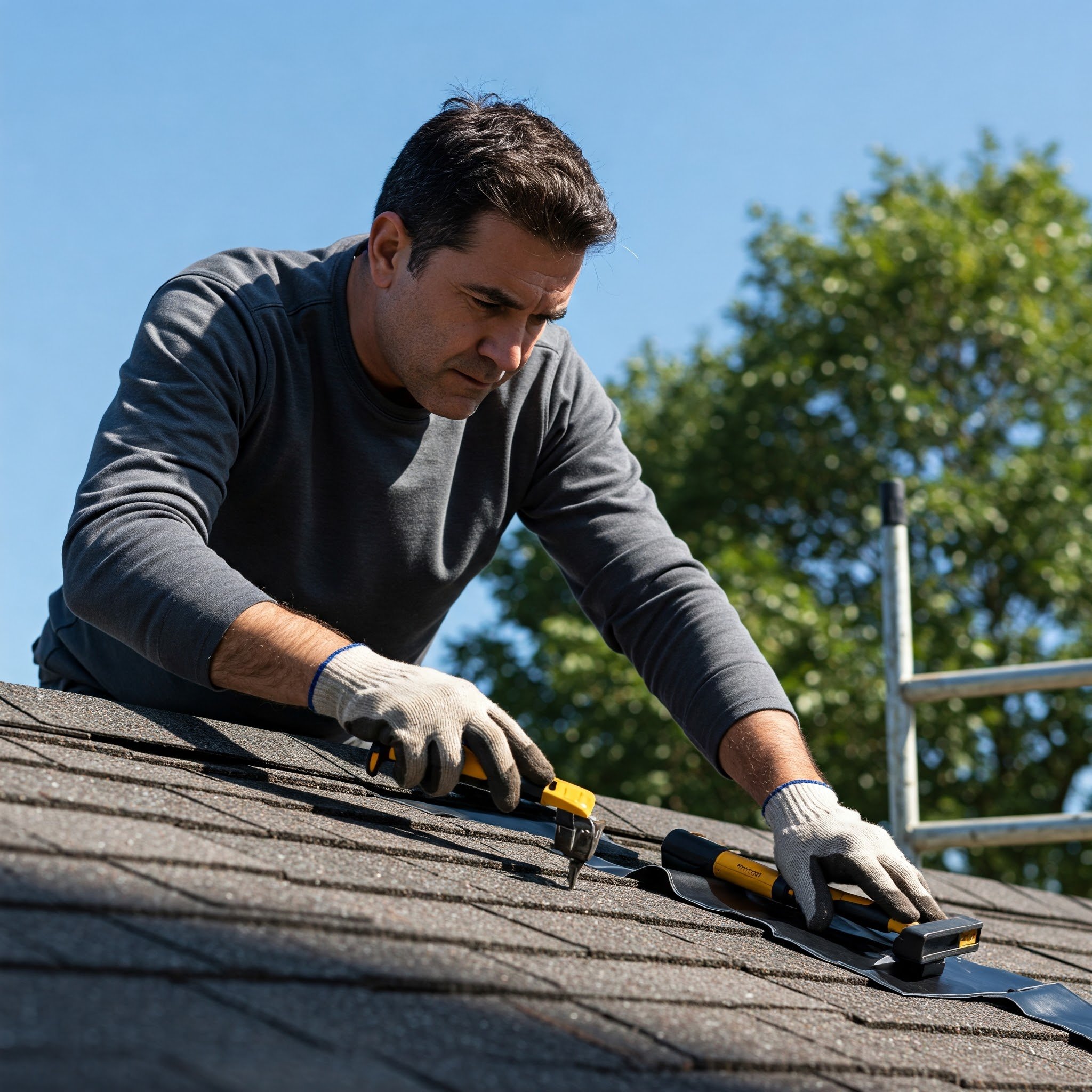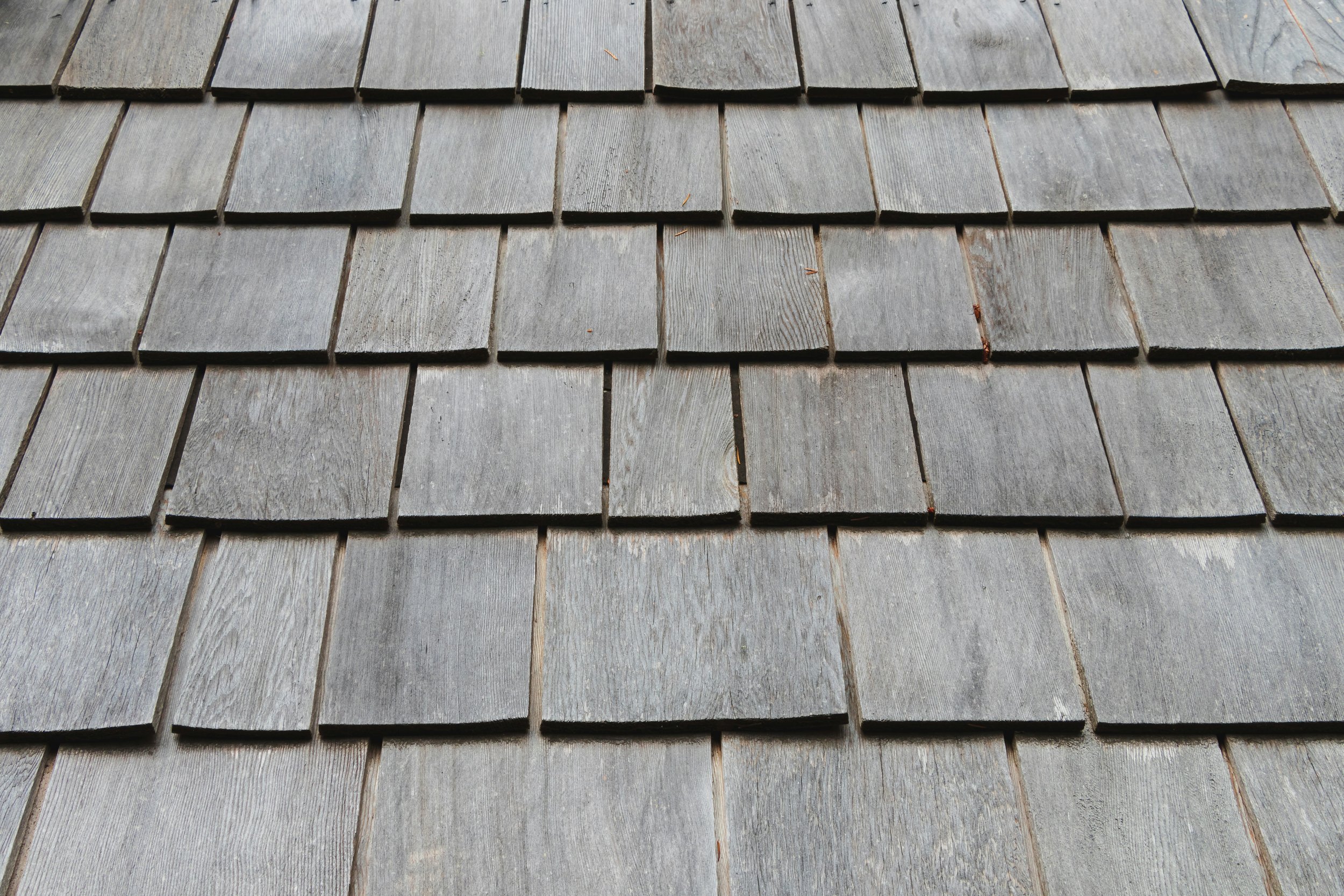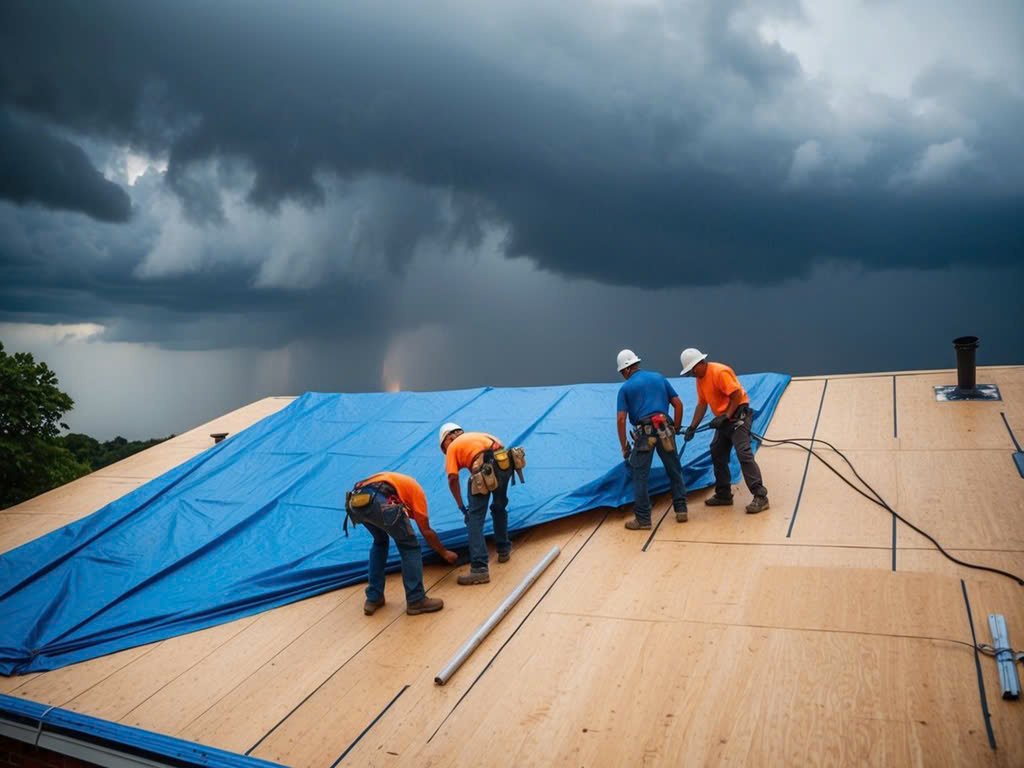Extending Your Roof's Lifespan: A Guide to Maintenance
Protect and extend your roof’s lifespan with this essential maintenance guide, covering inspections, repairs, and preventative care tips.
Your roof plays a crucial role in protecting your home from the elements, and a well-maintained roof can significantly enhance your property's longevity and overall value. Most homeowners often overlook the importance of regular roof maintenance, focusing primarily on aesthetic aspects such as landscaping or interior decor. However, neglecting the roof can lead to costly repairs, leaks, and even unexpected replacements. By prioritizing regular upkeep, you can prevent these issues and ensure the continued safety and security of your home. This guide will provide valuable insights into practical maintenance strategies, helping ensure the integrity, durability, and lifespan of your roof.
Understanding Your Roof Type
The first step towards effective roof maintenance is understanding the type of roofing material you have. Different materials, such as asphalt shingles, metal, tile, or slate, require distinctive care. For instance, asphalt shingles are popular due to their affordability and ease of installation, while metal roofs offer durability and longevity. Knowing the characteristics and vulnerabilities of your roofing material allows you to tailor your maintenance approach effectively. Regular inspections tailored to your roof type can help identify potential problems early.
Regular Inspections
Routine inspections form the cornerstone of roof maintenance. Ideally, you should inspect your roof at least twice a year, in addition to after major storms. Look for signs of damage, wear, and potential leaks. Dislodged shingles, rusted metal, or moss accumulation can indicate problems that need immediate attention. If you're not comfortable inspecting yourself, consider hiring a trusted Dean Roofing Company to conduct a thorough assessment. They can provide insights into any issues and recommend necessary repairs.
Cleaning Gutters and Downspouts
Clogged gutters and downspouts can lead to serious roof damage by causing water to pool on your roof or spill over the sides. To ensure proper water management, clean your gutters at least twice a year, ideally before and after the rainy season. Remove leaves, twigs, and other debris that may impede water flow. Additionally, check for any leaks or signs of corrosion in the gutters themselves. Properly working gutters direct water away from your home’s foundation and roof, reducing the likelihood of leaks or damage.
Addressing Overhanging Tree Branches
Trees surrounding your house can add beauty and shade, but overhanging branches pose risks for your roofing system. During storms, branches can break off and cause significant damage to your roof. Regularly trim any branches that hang too close to your roof to prevent this hazard. Falling leaves can accumulate on your roof or in your gutters, leading to stagnant water and mold growth. Keeping trees well-trimmed not only protects your roof but also contributes to the overall health of your landscape.
Investing in Repairs Promptly
When you notice minor issues, addressing them early can save you from significant expenses down the road. Cracks, leaks, or missing shingles may appear trivial but can quickly escalate if ignored. Prompt repairs are essential in maintaining the integrity of your roofing system. They ensure that minor problems don’t evolve into more extensive damage that may require a complete roof replacement. Always be proactive rather than reactive; a small investment in repairs today could save you thousands in major renovations tomorrow.
Proper Ventilation and Insulation
Good ventilation and insulation play a vital role in extending the lifespan of your roof. Proper air circulation minimizes moisture accumulation, which can cause mold and rot in roofing materials. Ensure that your attic space is well-ventilated and insulated. You should have intake vents at the eaves and exhaust vents at the ridge to facilitate air movement. A properly vented and insulated roof can also enhance your home’s energy efficiency, reducing heating and cooling costs.
Creating a Maintenance Schedule
Establishing a roof maintenance schedule can simplify the upkeep process. Document essential tasks such as inspections, cleaning gutters, and trimming trees. This systematic approach ensures that your roof receives regular attention and allows for consistent evaluations of its condition. Setting reminders for when to perform these tasks can ensure that nothing falls through the cracks. As the seasons change, so do the maintenance requirements for your roof, so being proactive is key.
By implementing these detailed maintenance practices, you can effectively extend your roof's lifespan and avoid expensive repairs down the road. Regular inspections, prompt repairs, and proper care are essential for identifying potential issues early on, preventing further damage, and ensuring that your roof performs at its best. Consistent upkeep not only helps to preserve the structural integrity of your roof but also keeps it in optimal condition, safeguarding your home from external elements. This proactive approach can protect your home from long-term damage while enhancing its overall value and curb appeal.




